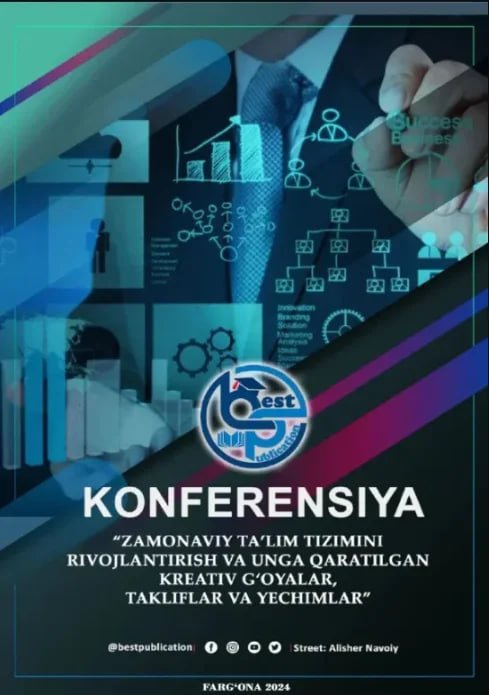TOTAL PHYSICAL RESPONSE (TPR) METHOD FOR TEACHING FOREIGN LANGUAGES
Keywords:
Total Physical Response (TPR), Language learning methods, Foreign language teaching, Action verbs, Vocabulary acquisition, Kinesthetic learning, Classroom vocabulary, Prepositions, Language retention, Language anxiety reduction, Language comprehensionAbstract
This article discusses the Total Physical Response (TPR) method for teaching foreign languages, highlighting its origins, principles, and practical application in the classroom. Developed by Dr. James Asher in the 1960s, TPR integrates physical movement with language learning, allowing students to respond physically to verbal commands. The article provides examples of how TPR can be used to teach action verbs, prepositions, and classroom vocabulary, illustrating its effectiveness in engaging students and improving retention. The article also outlines the advantages of TPR, such as increased engagement, reduced anxiety, and natural language acquisition, while also acknowledging its limitations in teaching more complex grammatical concepts.
References
1. Asher, J. J. (2000). Learning another language through actions: The complete teacher's guidebook. 7th Edition. Sky Oaks Productions.
2. Asher, J. J. (1969). The Total Physical Response Method for Second Language Learning. Modern Language Journal, 53(1), 3-17.
3. Krashen, S. D. (1981). Second Language Acquisition and Second Language Learning. Pergamon Press.
4. Richards, J. C., & Rodgers, T. S. (2014). Approaches and Methods in Language Teaching. 3rd Edition. Cambridge University Press.
5. Reilly, J. (2012). Total Physical Response (TPR): A Classroom Success Story. The Language Teacher, 36(1), 20-24.
6. Brown, H. D. (2007). Principles of Language Learning and Teaching. 5th Edition. Pearson Education.
7. Lightbown, P. M., & Spada, N. (2013). How Languages Are Learned. 4th Edition. Oxford University Press.





